In the world of interior design and architecture, ceramic tiles play a significant role in adding beauty, sophistication, and functionality to spaces. When it comes to ceramic tiles, Spain is renowned for its rich tradition, unparalleled craftsmanship, and exquisite designs. From traditional to contemporary styles, Spanish ceramic tiles are cherished worldwide for their quality, durability, and aesthetic appeal. **Introduction to Spanish Ceramic Tiles** Spain has a long-standing history of ceramic tile production that dates back centuries. The country’s diverse cultural influences, artistic heritage, and skilled artisans have shaped the tile industry into a thriving hub of creativity and innovation. Spanish ceramic tiles are characterized by their vibrant colors, intricate patterns, and meticulous attention to detail, making them a popular choice for both residential and commercial projects.
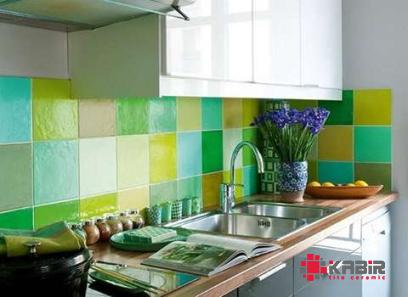
.
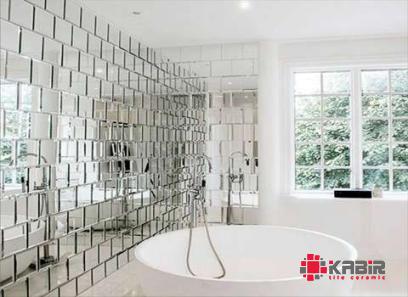 **History and Evolution of Spanish Ceramic Tiles** The origins of ceramic tile production in Spain can be traced back to the Roman occupation, where techniques such as pottery-making and mosaic design were introduced to the Iberian Peninsula. Over the centuries, Moorish influences from the Islamic rule in Spain brought intricate geometric patterns and ornate motifs to ceramic tile design. During the Renaissance period, Spanish ceramic tiles evolved with the introduction of new glazing techniques and decorative styles. **Types of Spanish Ceramic Tiles** Spanish ceramic tiles come in a variety of types, each offering unique characteristics and design options. Traditional terracotta tiles, known for their warm earthy tones and rustic charm, are a staple in Spanish homes and Mediterranean-inspired interiors. Vibrant hand-painted tiles, also known as “azulejos,” showcase intricate designs and colorful patterns that reflect the country’s cultural heritage. Porcelain tiles, which are hard-wearing and versatile, are commonly used in high-traffic areas such as kitchens, bathrooms, and commercial spaces. Spanish ceramic mosaic tiles, crafted from small pieces of ceramic, glass, or stone, are popular for creating decorative backsplashes, accent walls, and artistic installations. Each type of ceramic tile in Spain offers a unique blend of style, functionality, and durability. **Popular Spanish Ceramic Tile Brands** Spain is home to several renowned ceramic tile brands that are synonymous with quality, innovation, and design excellence. Companies such as Porcelanosa, Roca, and Pamesa are at the forefront of the industry, producing a wide range of ceramic tiles in various styles, sizes, and finishes.
**History and Evolution of Spanish Ceramic Tiles** The origins of ceramic tile production in Spain can be traced back to the Roman occupation, where techniques such as pottery-making and mosaic design were introduced to the Iberian Peninsula. Over the centuries, Moorish influences from the Islamic rule in Spain brought intricate geometric patterns and ornate motifs to ceramic tile design. During the Renaissance period, Spanish ceramic tiles evolved with the introduction of new glazing techniques and decorative styles. **Types of Spanish Ceramic Tiles** Spanish ceramic tiles come in a variety of types, each offering unique characteristics and design options. Traditional terracotta tiles, known for their warm earthy tones and rustic charm, are a staple in Spanish homes and Mediterranean-inspired interiors. Vibrant hand-painted tiles, also known as “azulejos,” showcase intricate designs and colorful patterns that reflect the country’s cultural heritage. Porcelain tiles, which are hard-wearing and versatile, are commonly used in high-traffic areas such as kitchens, bathrooms, and commercial spaces. Spanish ceramic mosaic tiles, crafted from small pieces of ceramic, glass, or stone, are popular for creating decorative backsplashes, accent walls, and artistic installations. Each type of ceramic tile in Spain offers a unique blend of style, functionality, and durability. **Popular Spanish Ceramic Tile Brands** Spain is home to several renowned ceramic tile brands that are synonymous with quality, innovation, and design excellence. Companies such as Porcelanosa, Roca, and Pamesa are at the forefront of the industry, producing a wide range of ceramic tiles in various styles, sizes, and finishes.
..
 Whether it’s classic terracotta tiles, modern porcelain tiles, or decorative mosaics, Spanish tile brands are known for their commitment to craftsmanship and innovation. **Design Inspirations with Spanish Ceramic Tiles** The versatility of Spanish ceramic tiles lends itself to a myriad of design possibilities, from traditional Spanish haciendas to contemporary urban lofts. When it comes to designing with ceramic tiles, the key lies in creativity, vision, and attention to detail. Moorish-inspired patterns, geometric motifs, floral designs, and Mediterranean hues are popular choices for creating a Spanish aesthetic in interiors. Spanish ceramic tiles can be used to add a pop of color to a neutral space, create a focal point with a decorative backsplash, or enhance the ambiance of a room with textured tiles. Whether it’s a traditional Spanish kitchen, a modern bathroom, or a chic outdoor patio, ceramic tiles from Spain can elevate the design and functionality of any space. **Benefits of Spanish Ceramic Tiles** Spanish ceramic tiles offer a multitude of benefits that make them a preferred choice for homeowners, designers, and architects alike.
Whether it’s classic terracotta tiles, modern porcelain tiles, or decorative mosaics, Spanish tile brands are known for their commitment to craftsmanship and innovation. **Design Inspirations with Spanish Ceramic Tiles** The versatility of Spanish ceramic tiles lends itself to a myriad of design possibilities, from traditional Spanish haciendas to contemporary urban lofts. When it comes to designing with ceramic tiles, the key lies in creativity, vision, and attention to detail. Moorish-inspired patterns, geometric motifs, floral designs, and Mediterranean hues are popular choices for creating a Spanish aesthetic in interiors. Spanish ceramic tiles can be used to add a pop of color to a neutral space, create a focal point with a decorative backsplash, or enhance the ambiance of a room with textured tiles. Whether it’s a traditional Spanish kitchen, a modern bathroom, or a chic outdoor patio, ceramic tiles from Spain can elevate the design and functionality of any space. **Benefits of Spanish Ceramic Tiles** Spanish ceramic tiles offer a multitude of benefits that make them a preferred choice for homeowners, designers, and architects alike.
…
 The durability of ceramic tiles ensures long-lasting performance in high-traffic areas, making them ideal for residential and commercial applications. The ease of maintenance and cleaning, coupled with resistance to stains, scratches, and moisture, further enhances the practicality of ceramic tiles in Spain. In addition to their functional advantages, Spanish ceramic tiles also provide thermal insulation, helping to regulate the temperature of indoor spaces. This feature is particularly beneficial in regions with extreme climate conditions. Furthermore, the eco-friendly nature of ceramic tiles, which are made from natural materials and can be recycled, aligns with sustainable design practices and environmental consciousness. **Conclusion** In conclusion, Spanish ceramic tiles represent a harmonious blend of tradition, craftsmanship, and innovation that continues to captivate design enthusiasts around the world. From the ancient art of pottery-making to the modern techniques of tile production, Spain’s heritage in ceramic tiles is a testament to its cultural richness and artistic legacy. Whether it’s the timeless beauty of terracotta tiles, the intricate patterns of hand-painted tiles, or the versatility of porcelain tiles, Spanish ceramic tiles offer a diverse range of options for enhancing interiors with style and sophistication. As you embark on your design journey, consider the timeless elegance and unmatched quality of Spanish ceramic tiles to transform your spaces into works of art that reflect the beauty and craftsmanship of a centuries-old tradition.
The durability of ceramic tiles ensures long-lasting performance in high-traffic areas, making them ideal for residential and commercial applications. The ease of maintenance and cleaning, coupled with resistance to stains, scratches, and moisture, further enhances the practicality of ceramic tiles in Spain. In addition to their functional advantages, Spanish ceramic tiles also provide thermal insulation, helping to regulate the temperature of indoor spaces. This feature is particularly beneficial in regions with extreme climate conditions. Furthermore, the eco-friendly nature of ceramic tiles, which are made from natural materials and can be recycled, aligns with sustainable design practices and environmental consciousness. **Conclusion** In conclusion, Spanish ceramic tiles represent a harmonious blend of tradition, craftsmanship, and innovation that continues to captivate design enthusiasts around the world. From the ancient art of pottery-making to the modern techniques of tile production, Spain’s heritage in ceramic tiles is a testament to its cultural richness and artistic legacy. Whether it’s the timeless beauty of terracotta tiles, the intricate patterns of hand-painted tiles, or the versatility of porcelain tiles, Spanish ceramic tiles offer a diverse range of options for enhancing interiors with style and sophistication. As you embark on your design journey, consider the timeless elegance and unmatched quality of Spanish ceramic tiles to transform your spaces into works of art that reflect the beauty and craftsmanship of a centuries-old tradition.

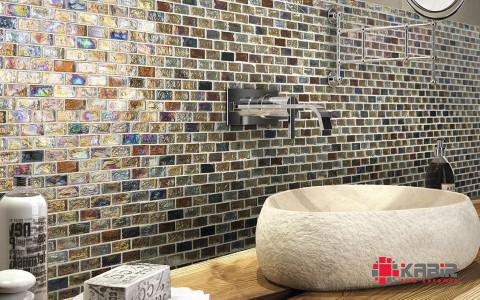
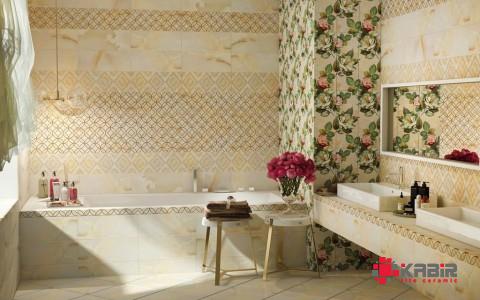
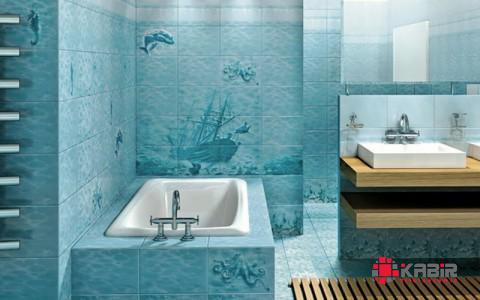
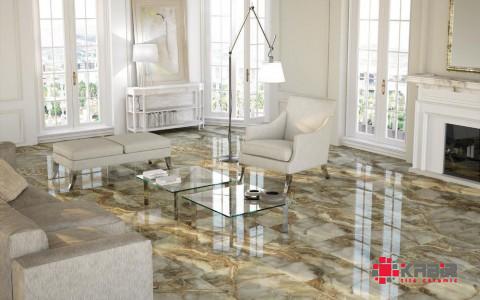
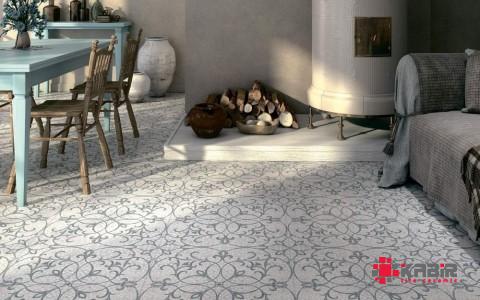



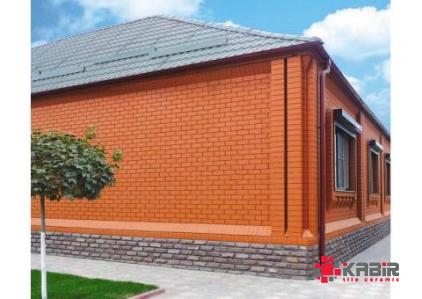
Your comment submitted.